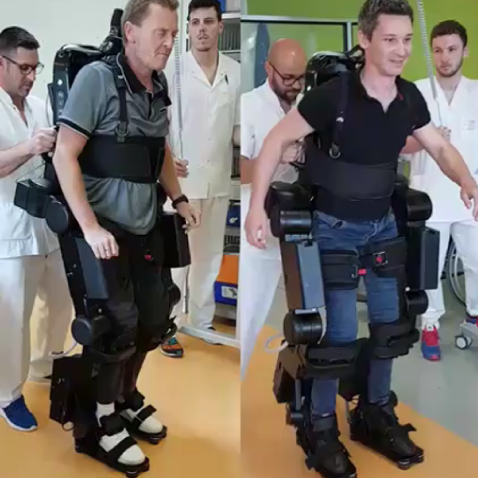 |
Bipedal Locomotion |
 |
Learning from Human Feedback |
 |
Biomechanics of Robot-Assisted Locomotion |
 |
Bipedal Locomotion |
 |
Learning from Human Feedback |
 |
Biomechanics of Robot-Assisted Locomotion |